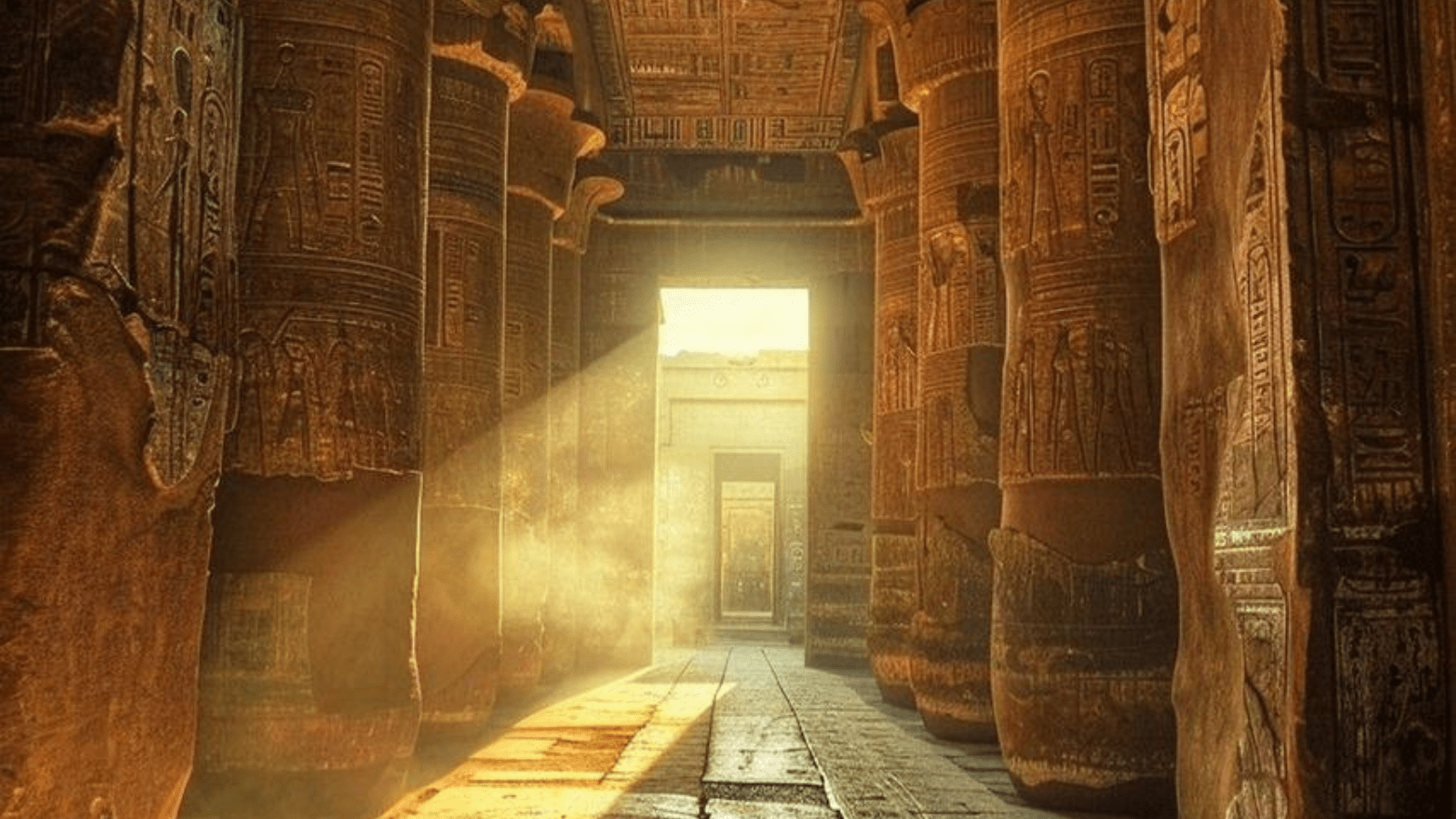
Follow Anubis into the Mysteries of Ancient Egypt – A Journey Through Time Awaits!
Follow Anubis into the Mysteries of Ancient Egypt—A Journey Through Time Awaits!
One of the most famous Egyptian gods is Anubis, the god of mummification and the afterlife. Usually depicted with the sleek head of a jackal and the body of a man, Anubis symbolizes protection and guidance for souls on their journey to the afterlife. In his association with embalming, he held an indispensable position in the ancient burial customs that were fundamental to guiding the deceased safely into the afterlife.
Anyone visiting Egypt will be able to unravel the mysteries of Anubis in such places as the Valley of the Kings and the ancient temples of Luxor. These places are giving tourists insight into the deep spiritual systems, beliefs, and rituals of ancient Egyptians. Incorporating Anubis as an icon into Egyptian tour promotions highlights the fertile mythology of this country, making it irresistible to travelers looking to dig up tales about gods, pharaohs, and eternal structures.
Combining the mystique of Anubis with the tagline "Unlock the Secrets of Ancient Egypt" might well bewitch adventurers seeking a mystical, culture-rich experience.
Who is Anubis?
Anubis, the ancient Egyptian god Inpu, is the deity of mummification and also the protector of tombs and cemeteries. Souls were believed to be conducted into the afterlife under his watch, guided to safety, most notably in the chamber above, where the vital Weighing of the Heart took place: the weighing of a person against the feather of Ma'at—truth and justice—to judge their worthiness of eternity.
________________________________________
Appearance and Symbolism
Anubis is most famously depicted as a man with the head of a black jackal. The black color symbolizes rebirth and fertile Nile soil, as well as the preservation of the body after death. The jackal was often associated with cemeteries, and the Egyptians revered it for its role in protecting the graves.
Depictions often show Anubis holding a staff or an ankh, which are symbols of power and eternal life, further emphasizing his role as a guardian of the dead.
________________________________________
Role in Egyptian Beliefs
1. Mummification: Anubis is said to have mummified the first body, that of Osiris, who was the god of the afterlife and had been killed by his brother Set. The act marked the beginning of very complicated burial customs in ancient Egypt.
2. Protector of the Dead: Anubis guarded tombs from tomb raiders and protection of the soul while it made its way through the underworld.
3. Judge of the Dead: In the "Hall of Ma'at," Anubis had one of his most crucial functions: he weighed the hearts of the dead. If the scale tipped in favor of eternal life, Ammit, the crocodile-headed demon, would devour the soul.
________________________________________
Best Places to Visit it in Egypt!
For those visitors to Egypt interested in Anubis and old Egyptian mythology, this is a guided in-depth look into his legacy.
1. Valley of Kings (Luxor): Visit the tombs over which Anubis was supposed to watch.
2.The Grand Egyptian Museum (Cairo): This museum contains several statues and objects depicting Anubis in his role as guardian of the deceased.
3. Saqqara Necropolis: Take a look at the early mastabas and the Pyramid Texts, which frequently mention Anubis.
4. Seti I's Temple (Abydos): Contains intricate carvings and mentions Anubis as a primary person in the afterlife.
________________________________________
Contemporary Connections
Anubis has left so many people around the world fascinated by his mythology. From its popular representation in culture to symbolizing mystery and protection, he remains one of Egypt's longest-lasting heritages. With Anubis, travelers have the privilege to get in touch with the civilization that shaped the spiritual way of humankind.